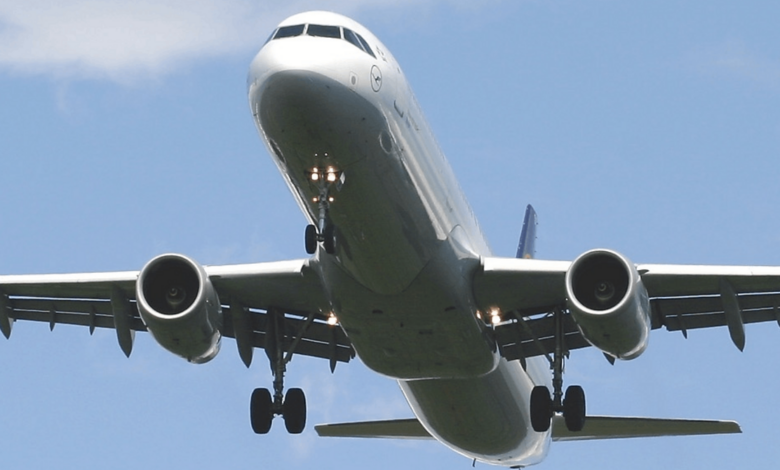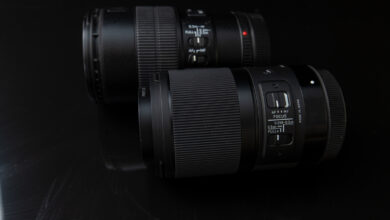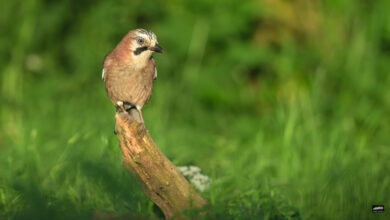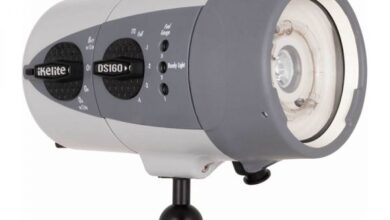Airplane Makes Forced Landing After Film Shoot Melts Windows

An Airbus A321 suffered significant damage to its cabin windows due to excess heat from film lights used the previous day, according to a report from the UK’s Air Accidents Investigation Branch (AAIB). The damage was discovered shortly after takeoff on a flight from London Stansted Airport to Florida, forcing the aircraft to return to Stansted.
The A321 was being used for a complex film shoot that required illuminating the interior cabin to appear like a sunrise. Powerful Maxibrute 12 film lights were positioned on both sides of the fuselage for 4-5 hours each, focused on the windows just aft of the overwing exits.
During the next flight, the flight crew observed a loud noise and flapping window seal around an altitude of 15,000 feet after departure the next day. Forced to return to land, it was found that several acrylic window panes were melted or completely missing.
Investigators believe the 12,000-watt film lights were placed closer than the 10-meter minimum distance recommended by the manufacturer. This led to extreme window surface temperatures, deforming and detaching the acrylic panes from their seals. The inner pane provides critical structural integrity, and damage at high altitude could have explosive decompression consequences.
Fortunately, the aircraft was able to descend and land safely with no injuries. But heat damage was also found on the right overwing exit windows and horizontal stabilizer, showing how excessive lighting can critically weaken aircraft structures.
This occurrence highlights the risks of ambitious film shoots around airplanes. Aircraft materials have definite heat tolerances that lighting crews must consider. While the visual effects may be stunning, obviously, the safety of the aircraft and passengers absolutely must come first.
The AAIB continues to investigate the specific causes in conjunction with the manufacturer Airbus. But several lessons are already clear for filmmakers:
- Follow manufacturer guidance on minimum light distances. This is especially critical for aircraft structures. Have an aircraft expert on set to help.
- Monitor surface temperatures on lit objects. Infrared thermometers can help identify if heat is building to dangerous levels.
- Use lower intensity lights when possible.
- Allow adequate cooling time for aircraft between shoots.
- Consult with aircraft operators and pilots beforehand who understand the aircraft and its vulnerabilities best.
This avoidable incident shows what can happen when film crews underestimate or are simply unaware of the very real risks. Aviation safety demands a high level of diligence and care around such complex machines.
Lead image by Raimund Stehmann, used under GNU Free Documentation License.




